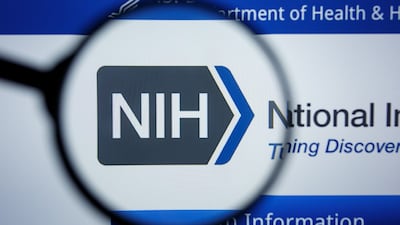As health care information technology (HIT) continues to push its way through hospitals, physician offices and all other areas where medicine is practiced, the mantra of the tech revolution has quickly become “connectivity.” The goal of reducing costs and improving quality of care has been established, and virtually every project that is undertaken is designed to achieve that end by making sure every piece of data surrounding a patient has the ability to be funneled through, or into, all the major hospital operating systems, including the all important electronic health record (EHR). As a result, a niche market is growing around the companies that can connect medical devices to that data stream and help providers keep up with the escalating HIT compliance standards being tied to reimbursement.
The current focus is on patient care devices (PCDs), or point-of-care devices, which includes things such as infusion pumps, ventilators,...
Read the full article – start your free trial today!
Join thousands of industry professionals who rely on Medtech Insight for daily insights
- Start your 7-day free trial
- Explore trusted news, analysis, and insights
- Access comprehensive global coverage
- Enjoy instant access – no credit card required
Already a subscriber?







